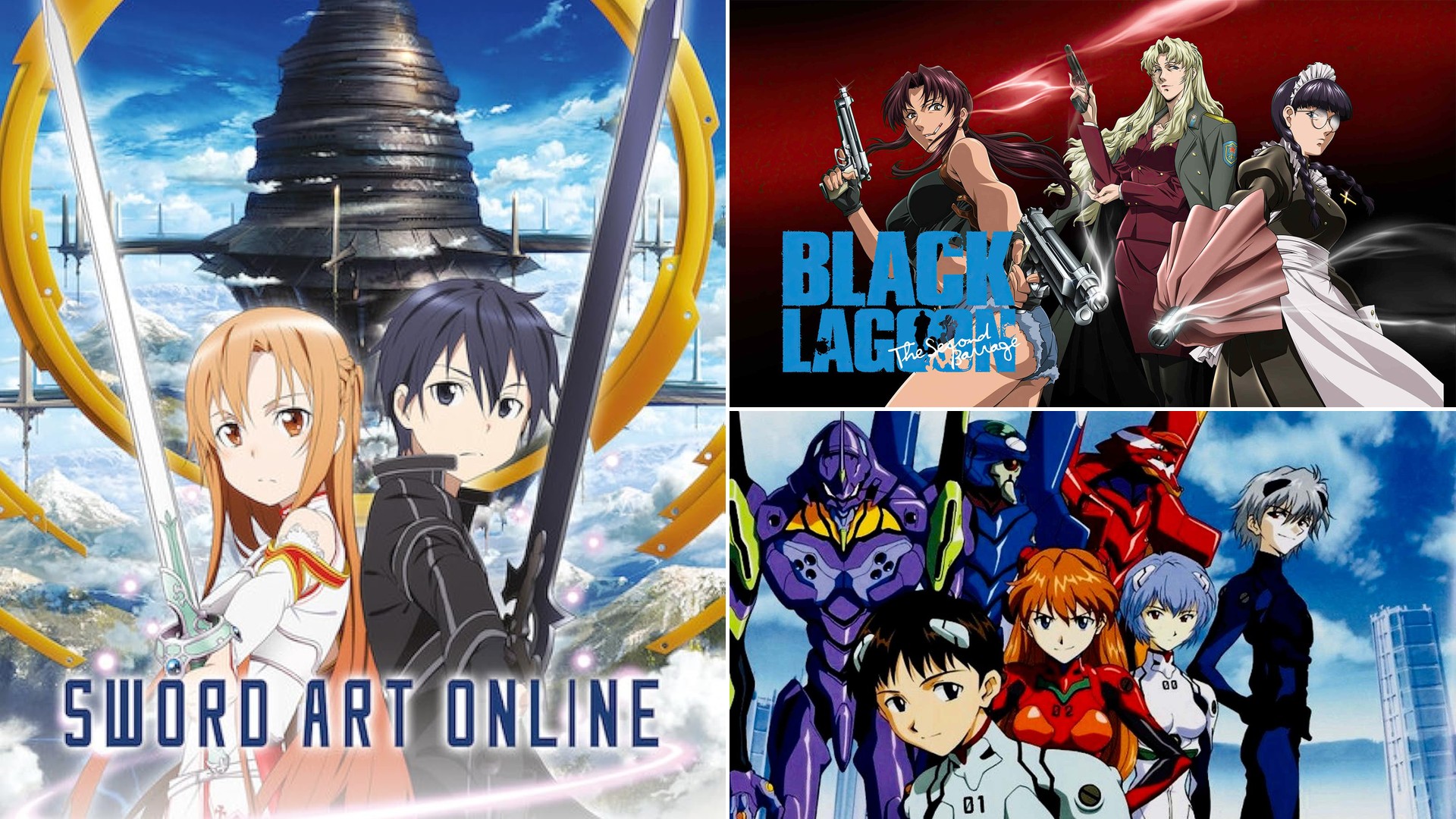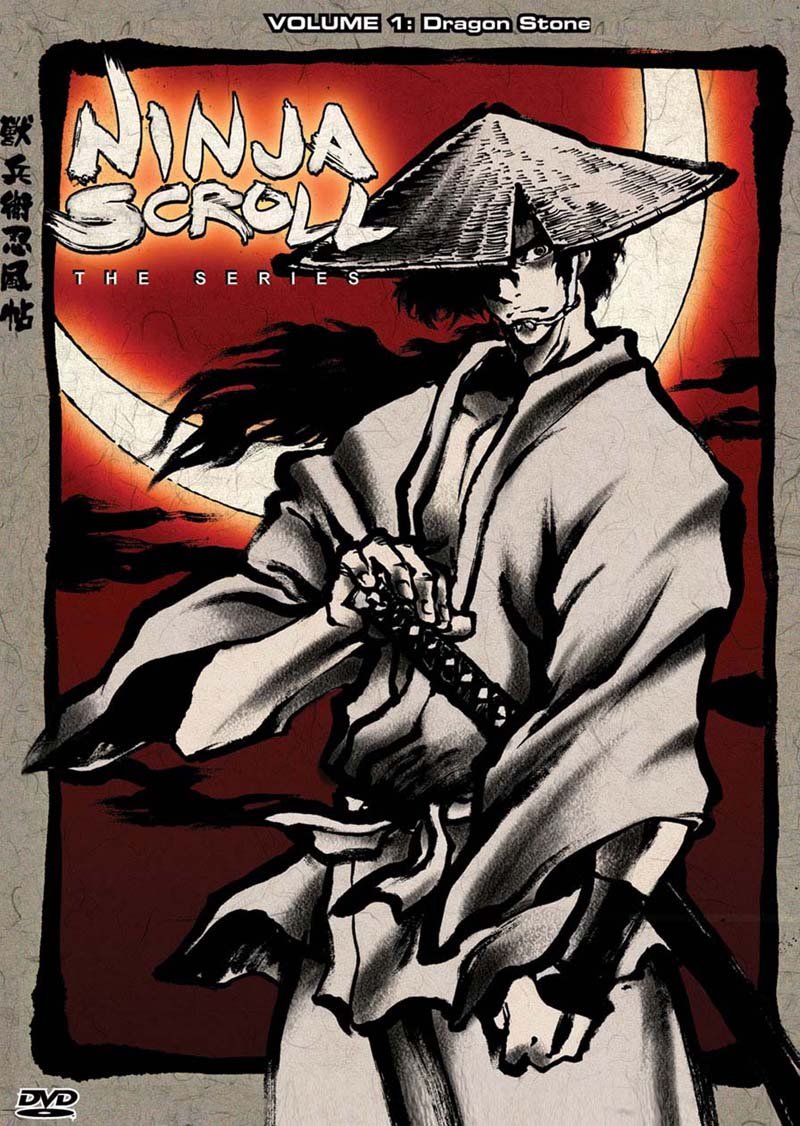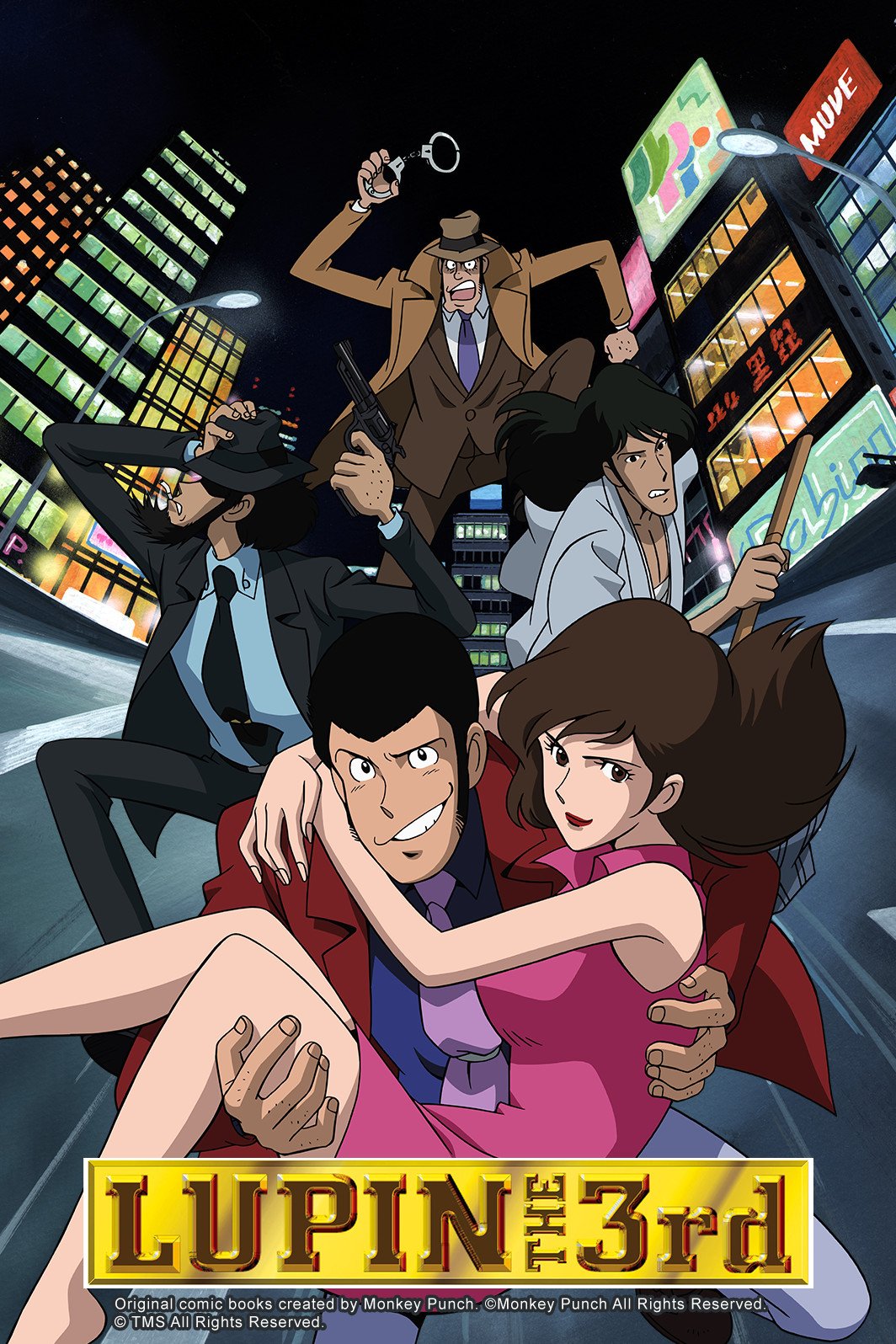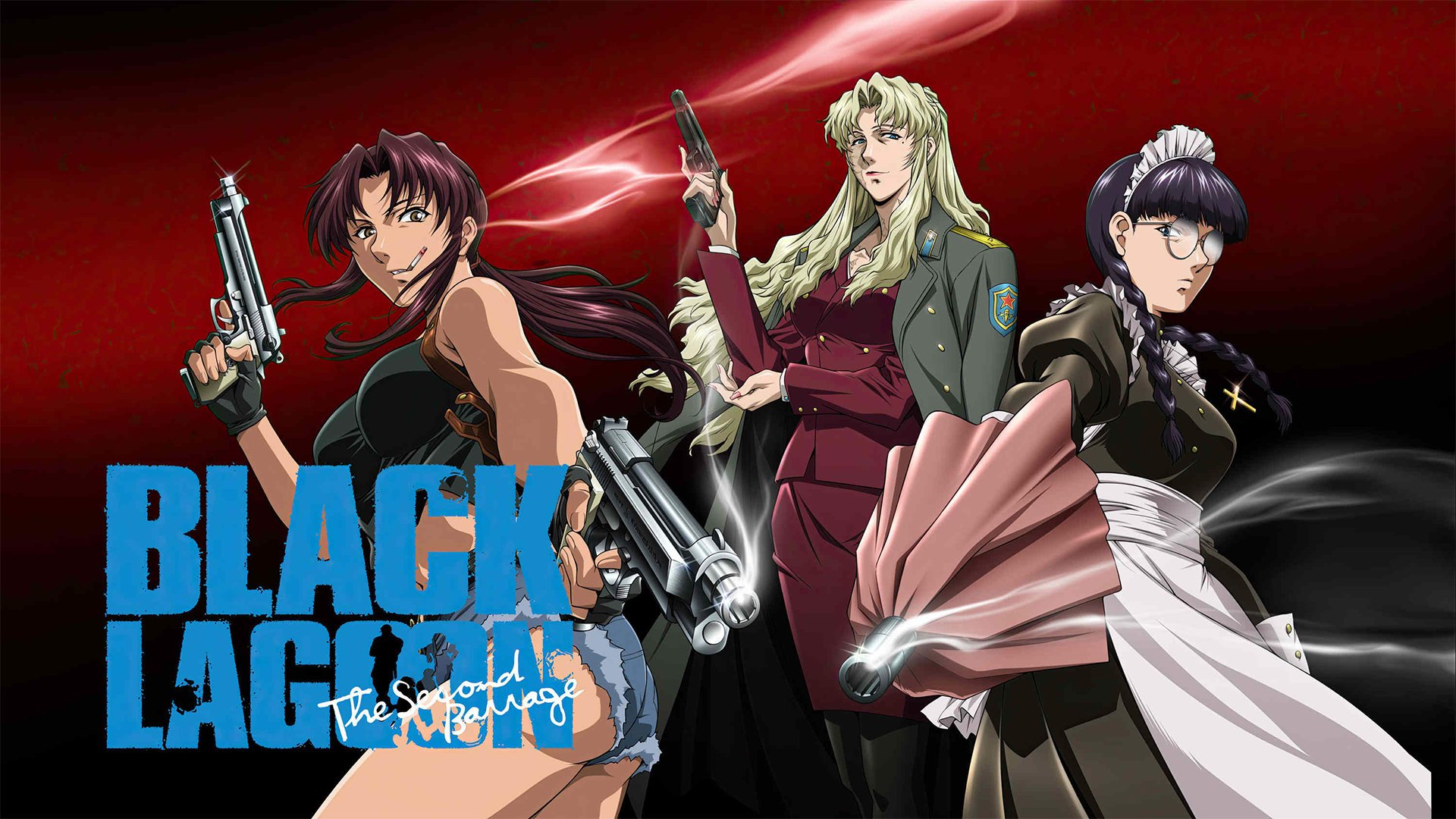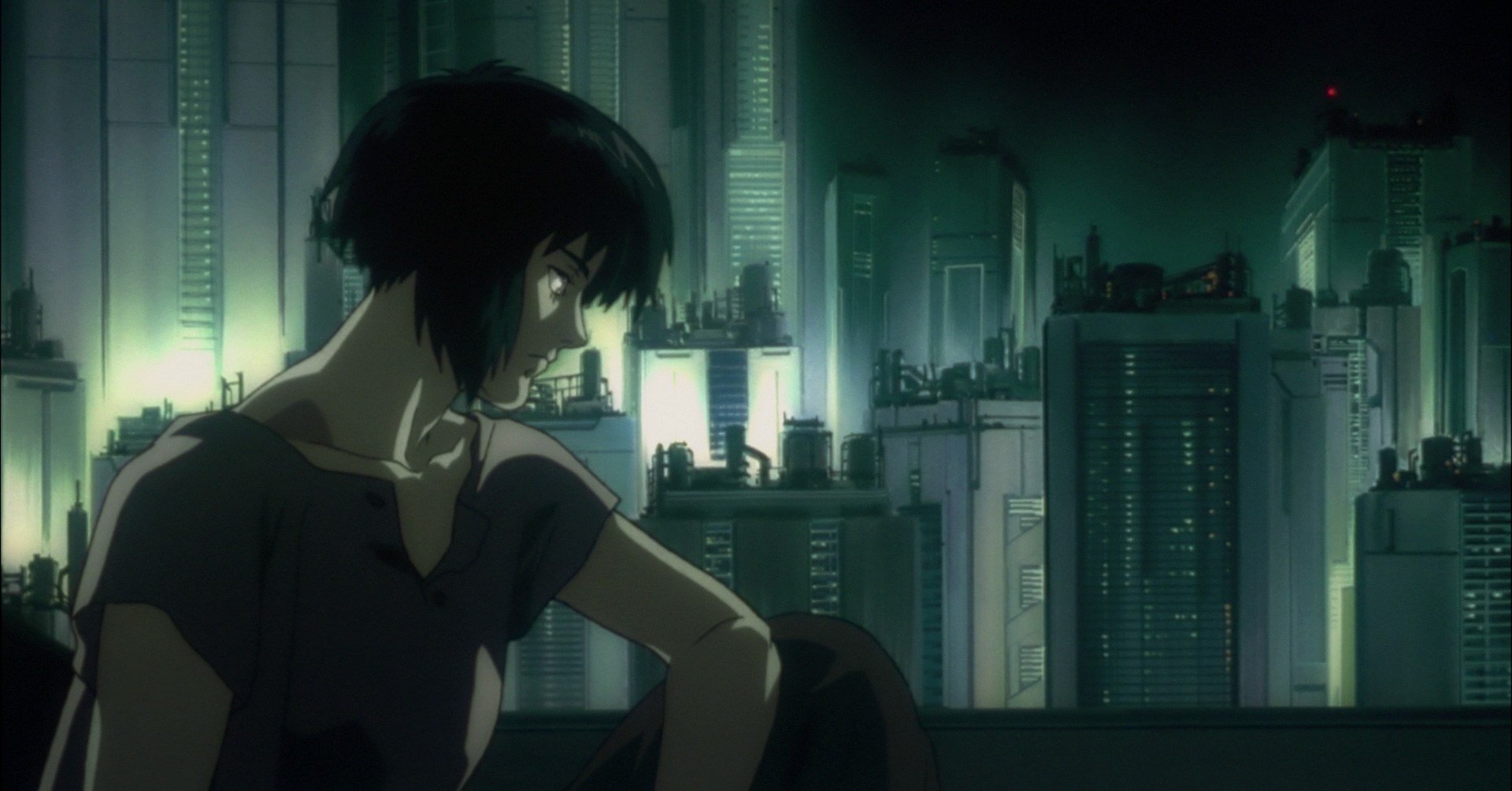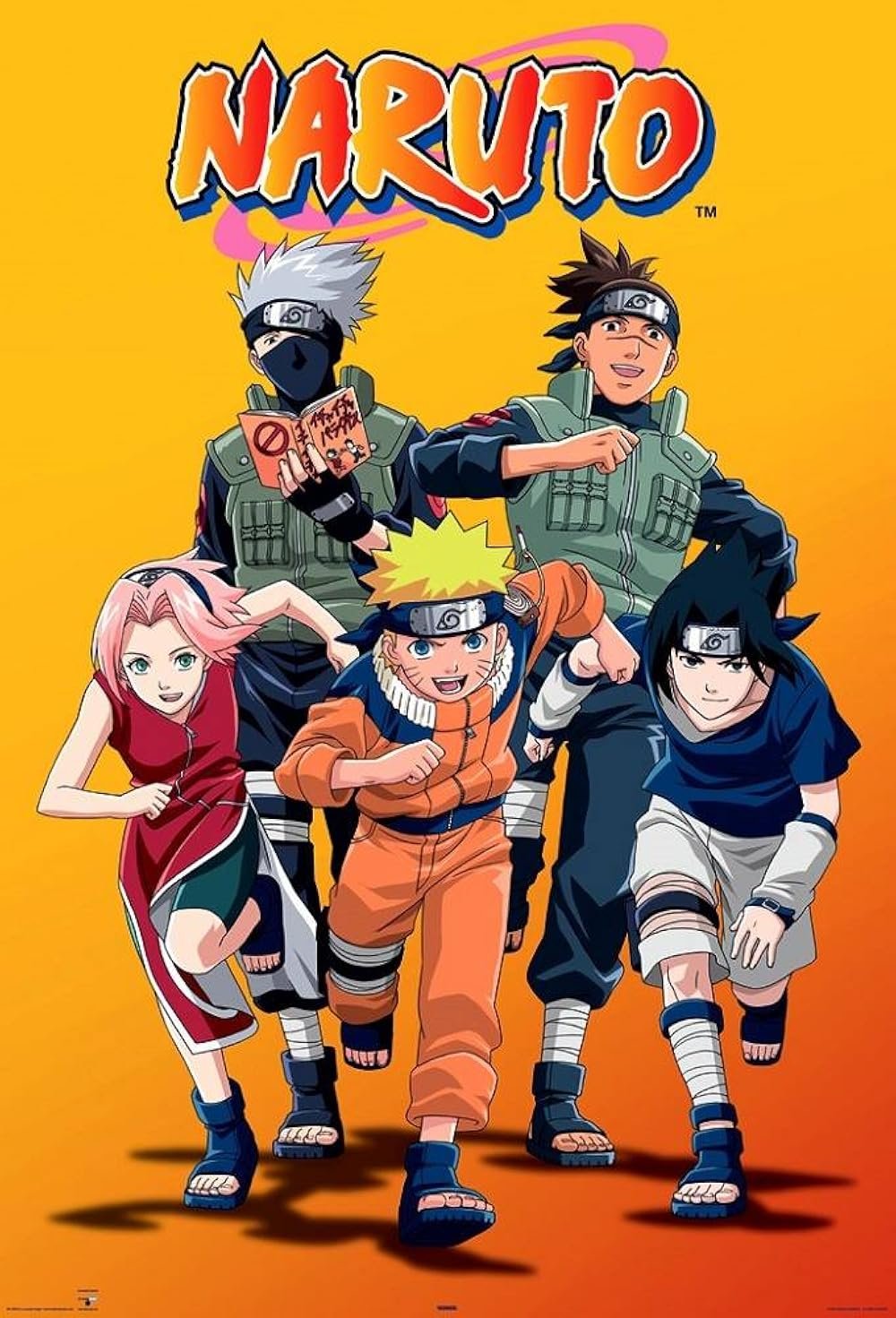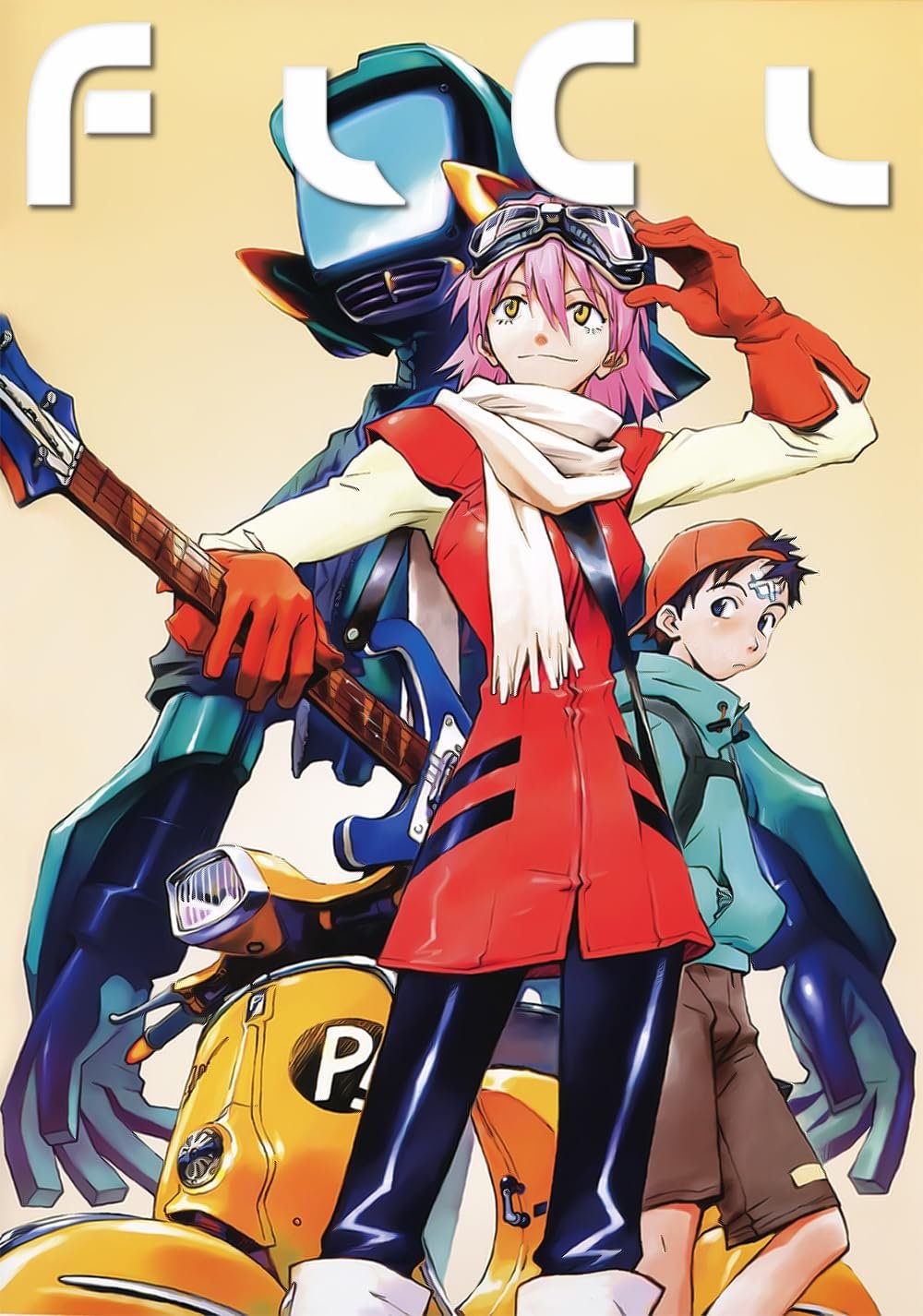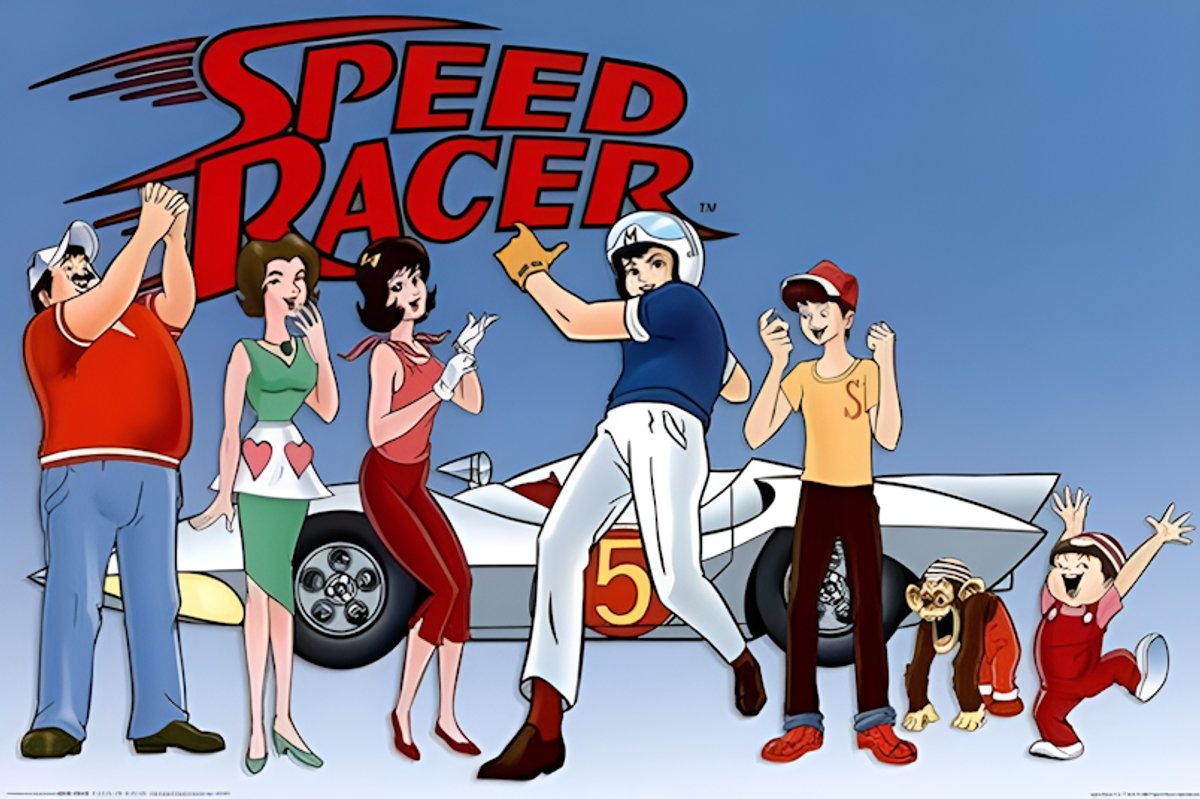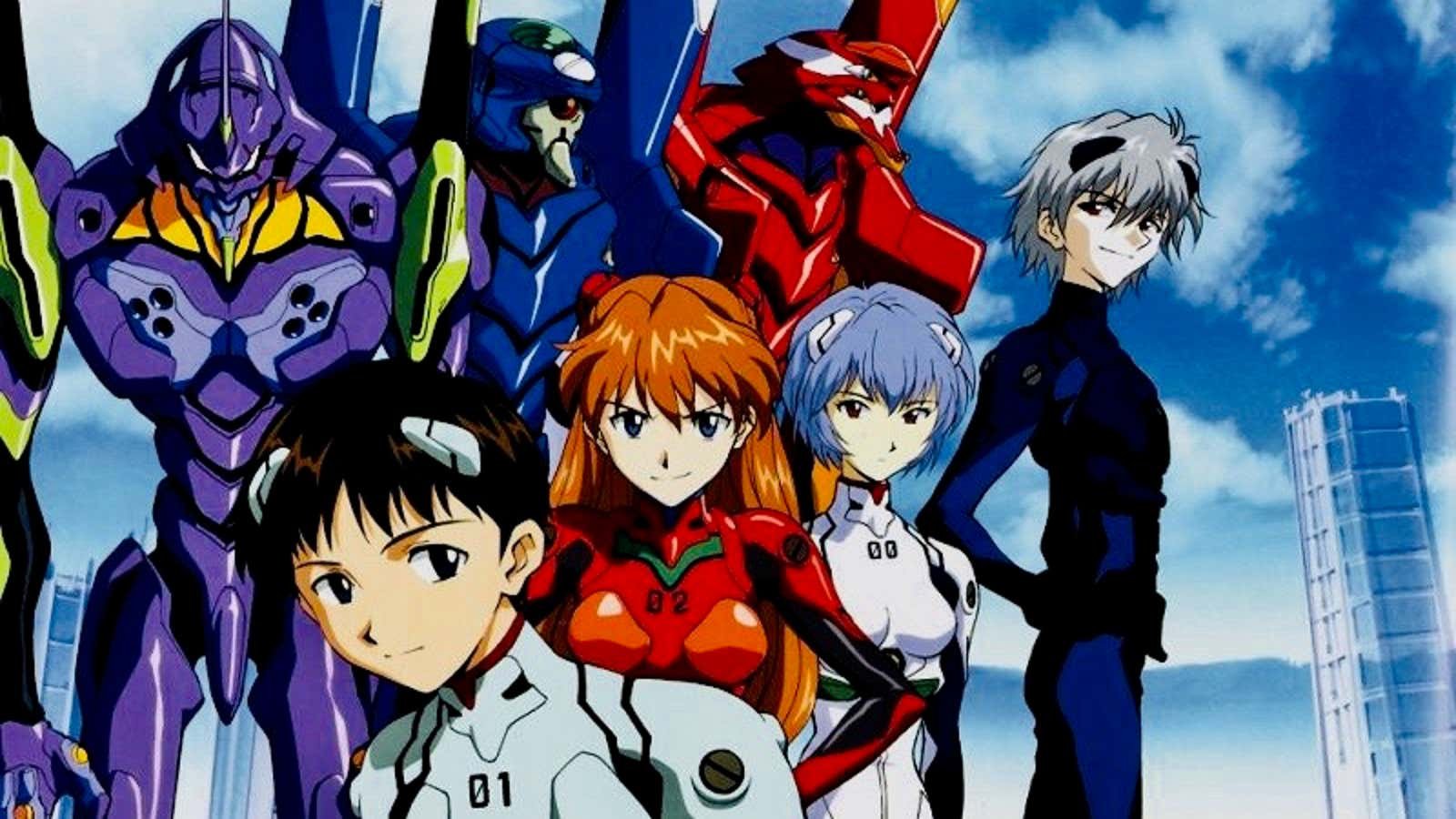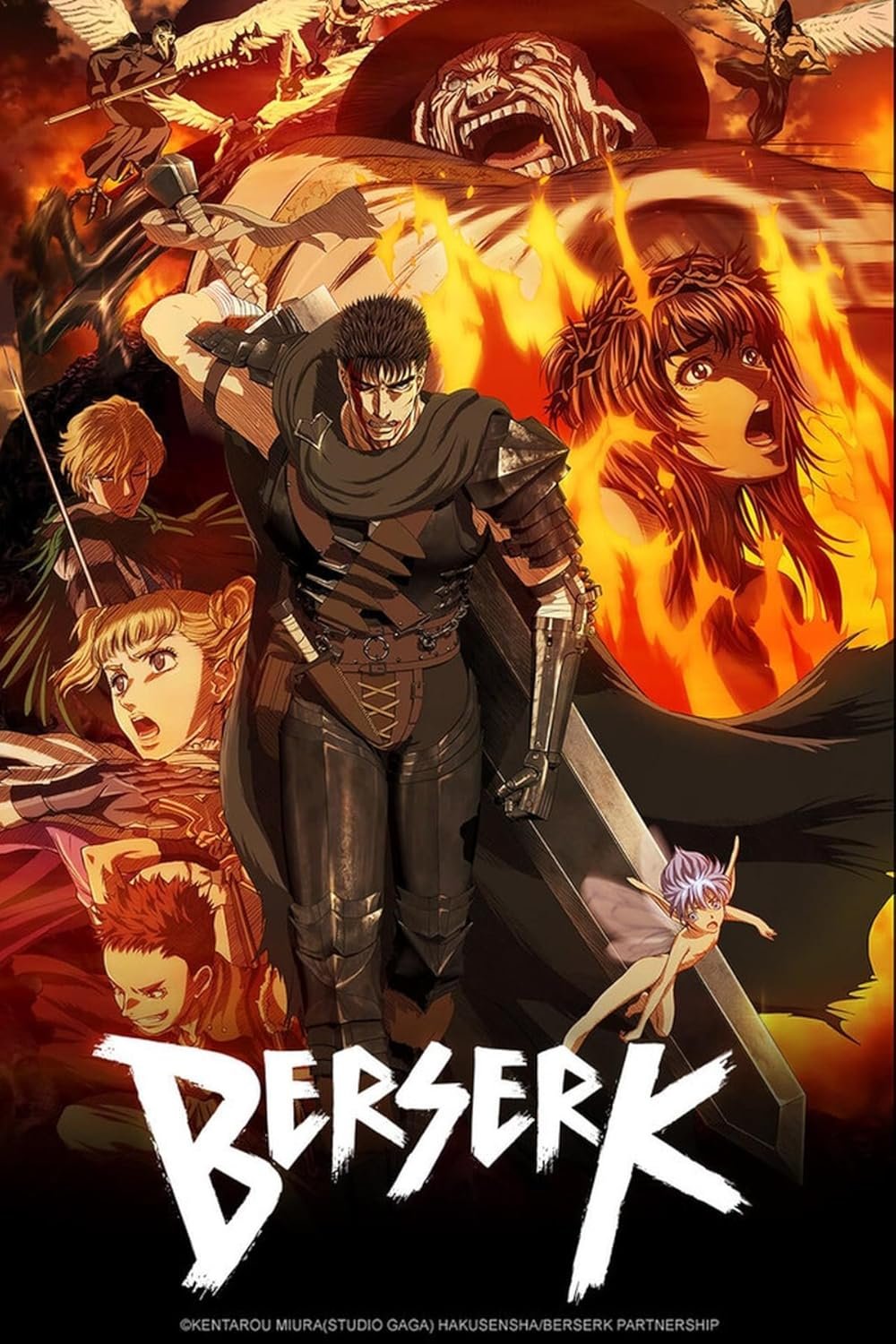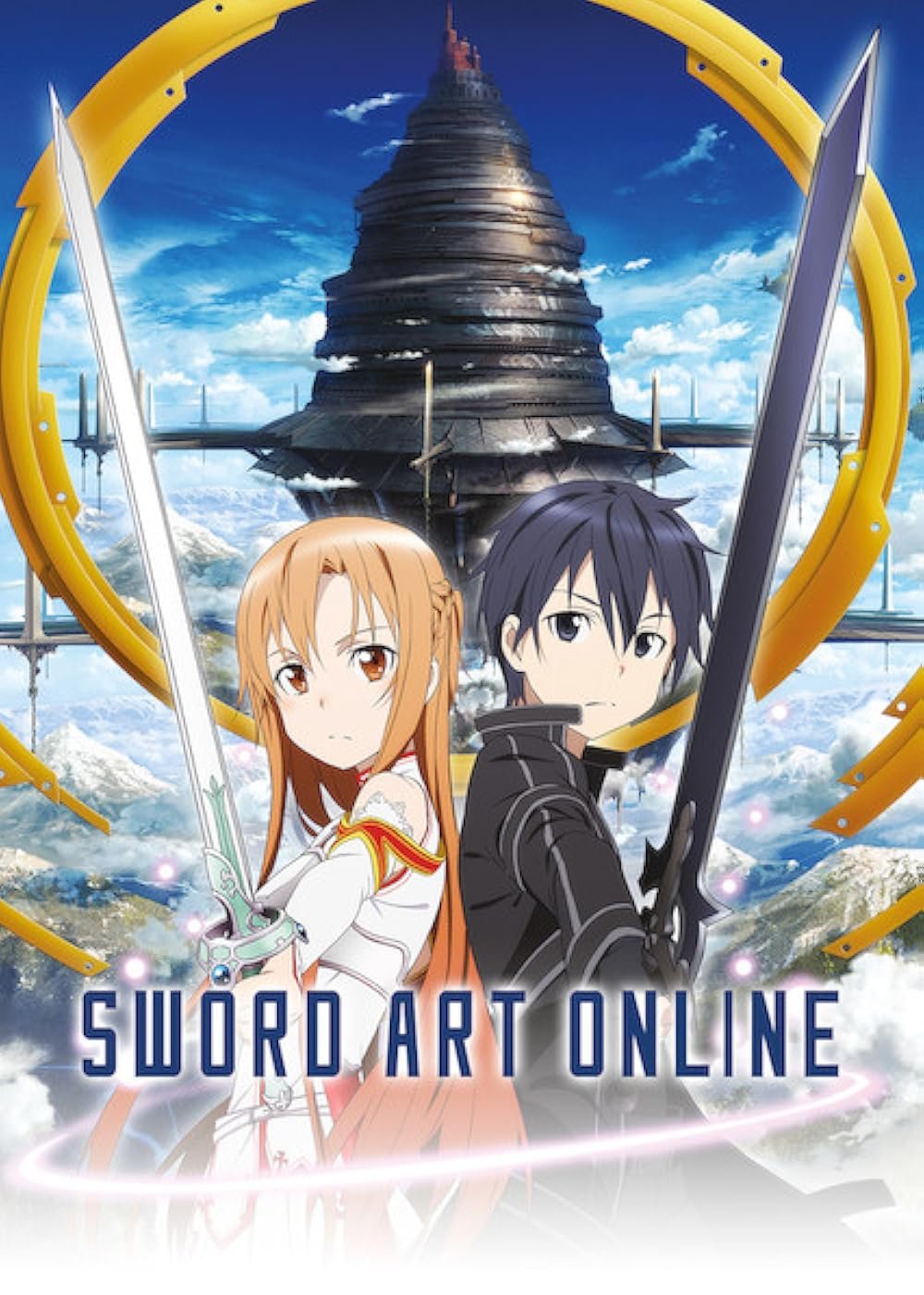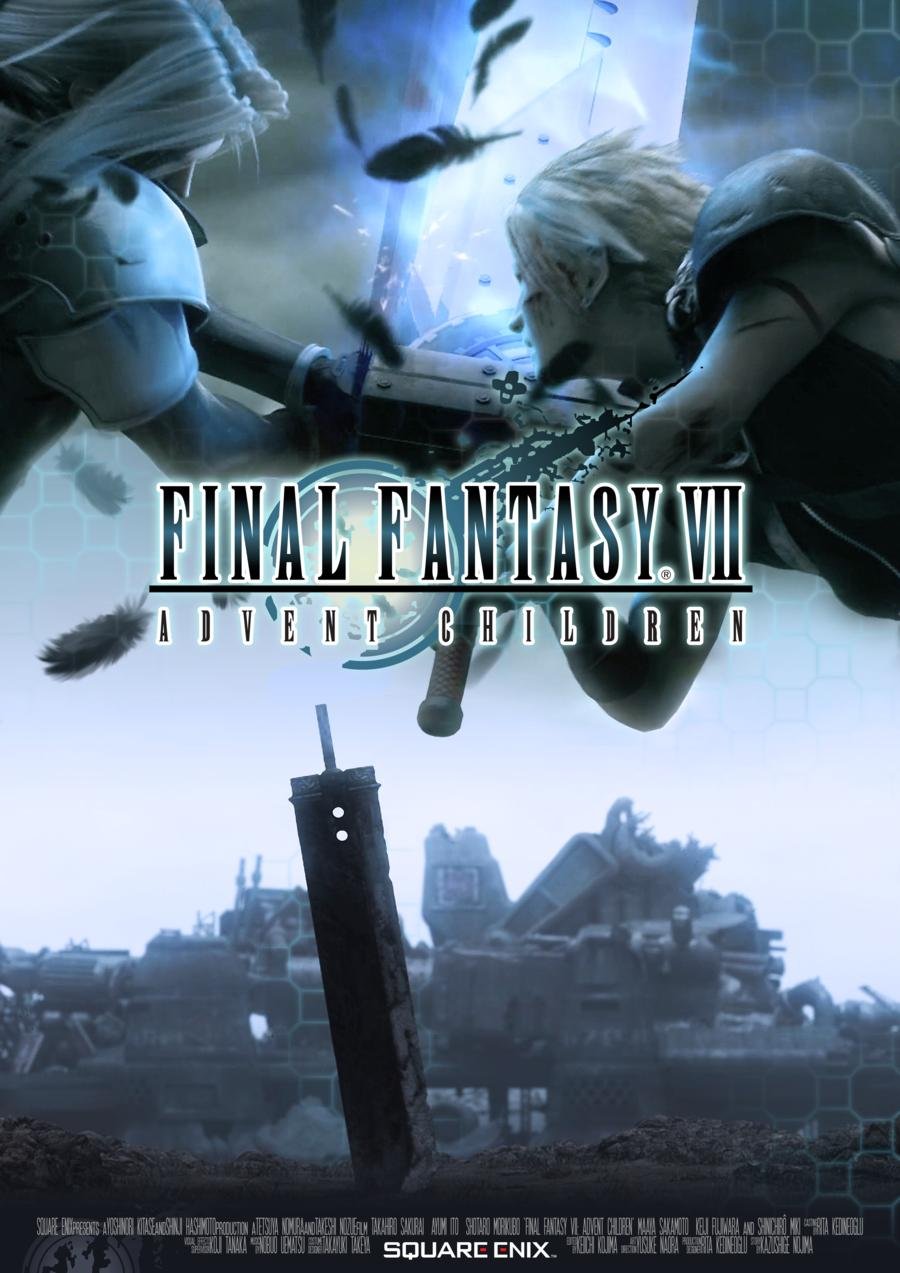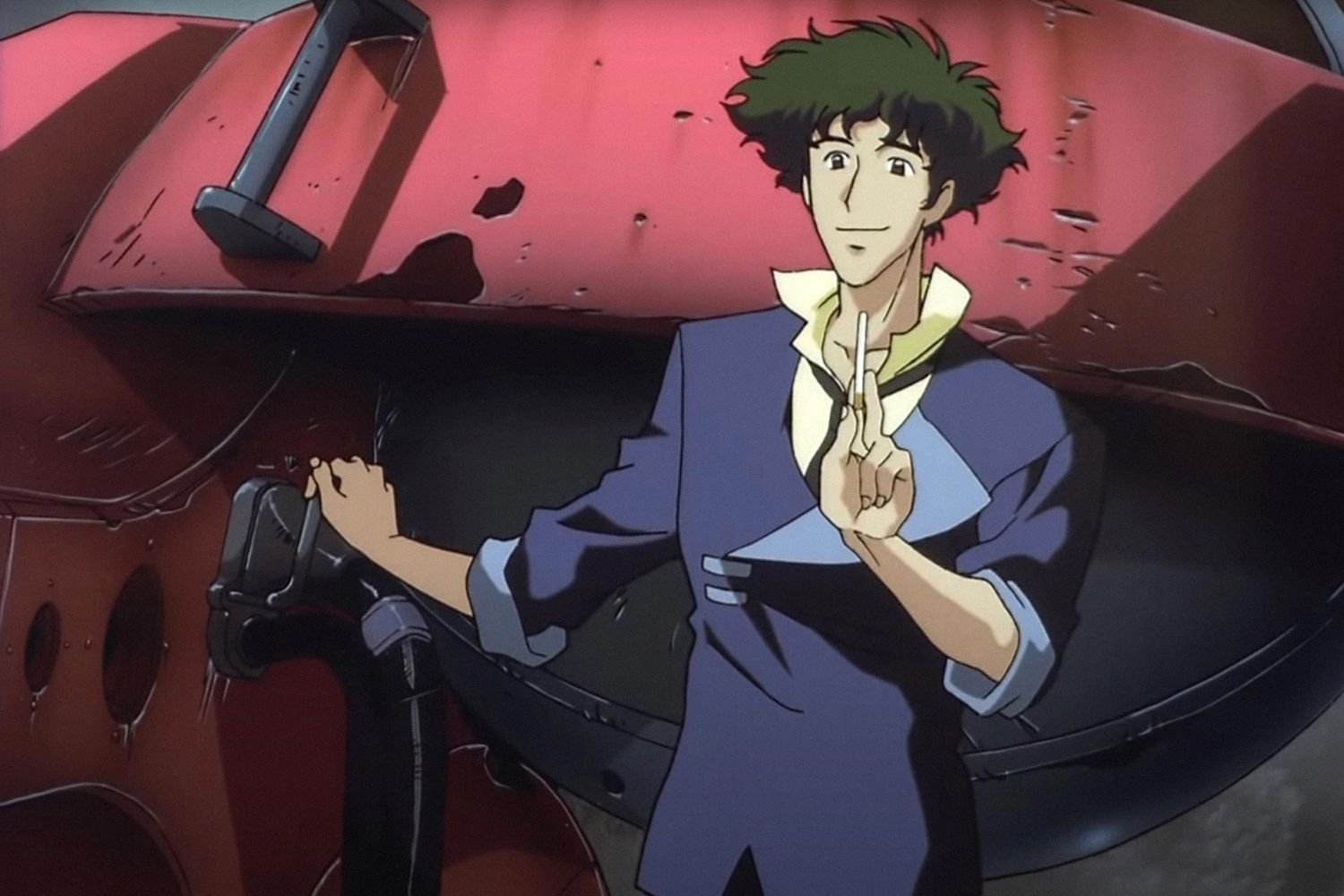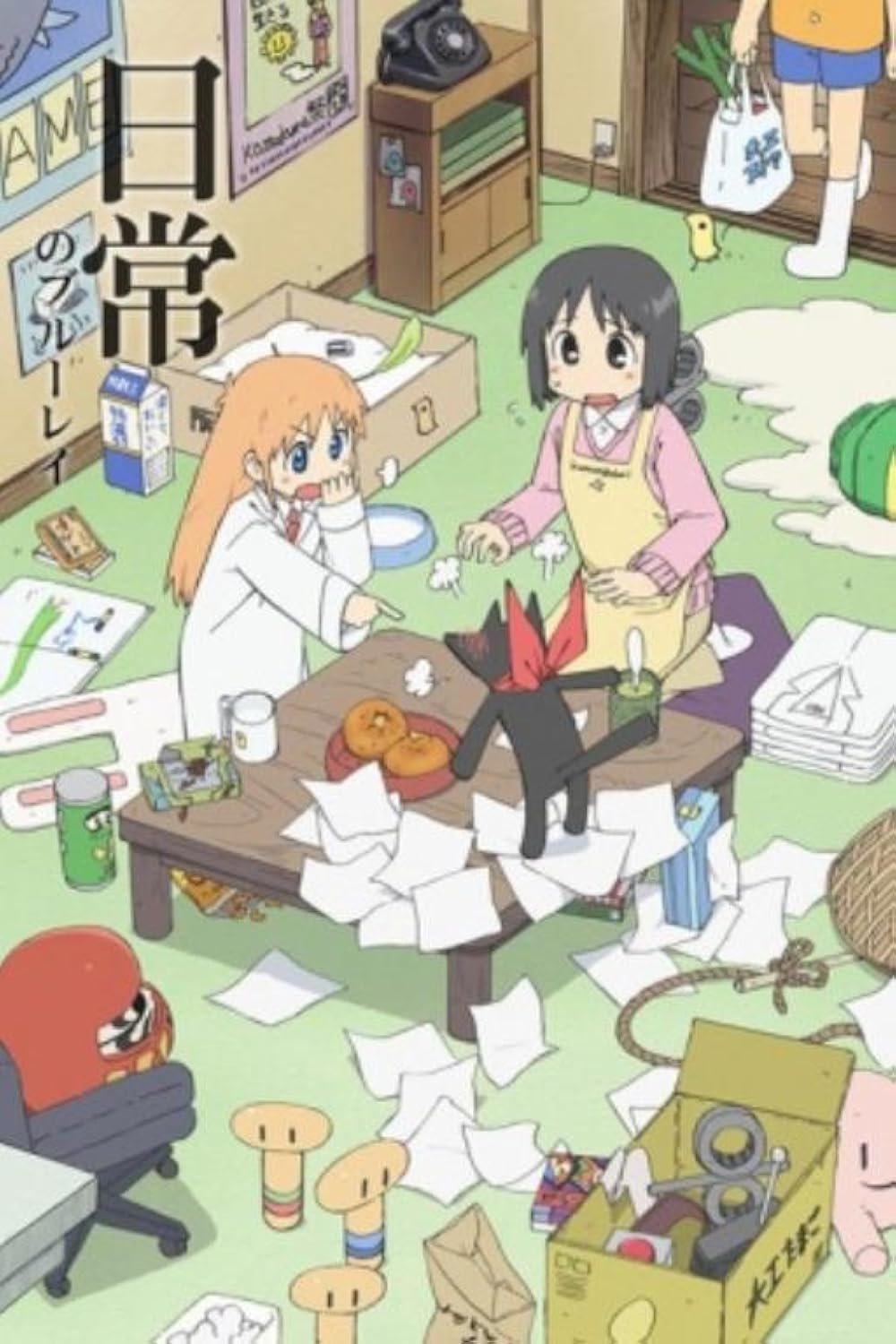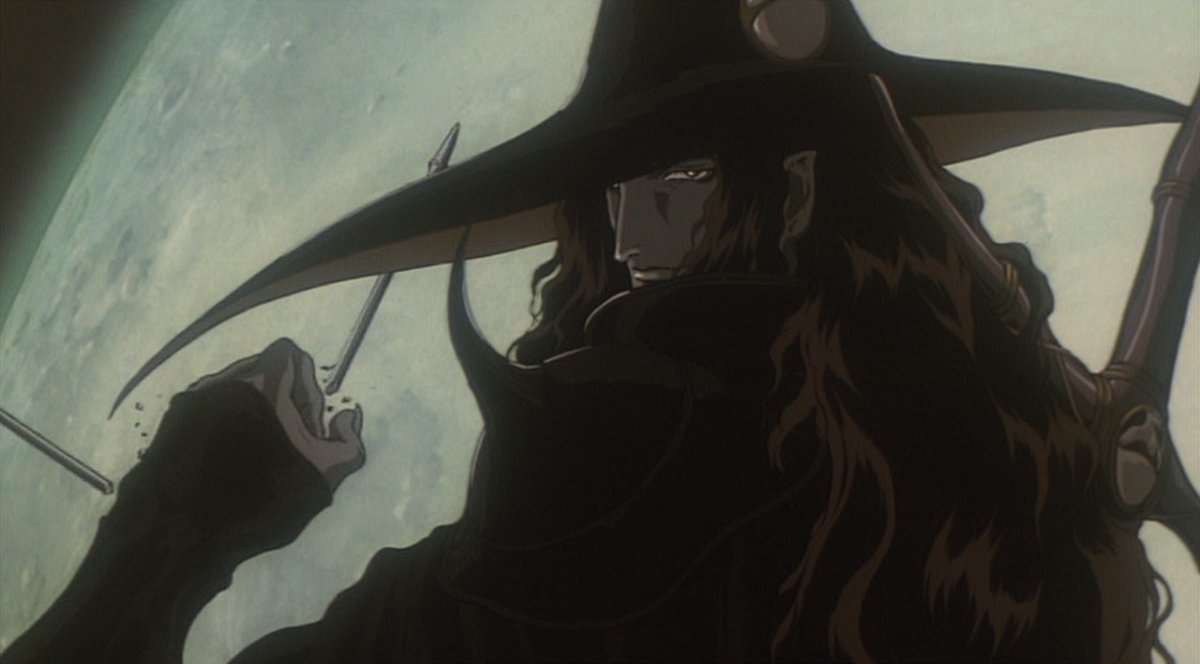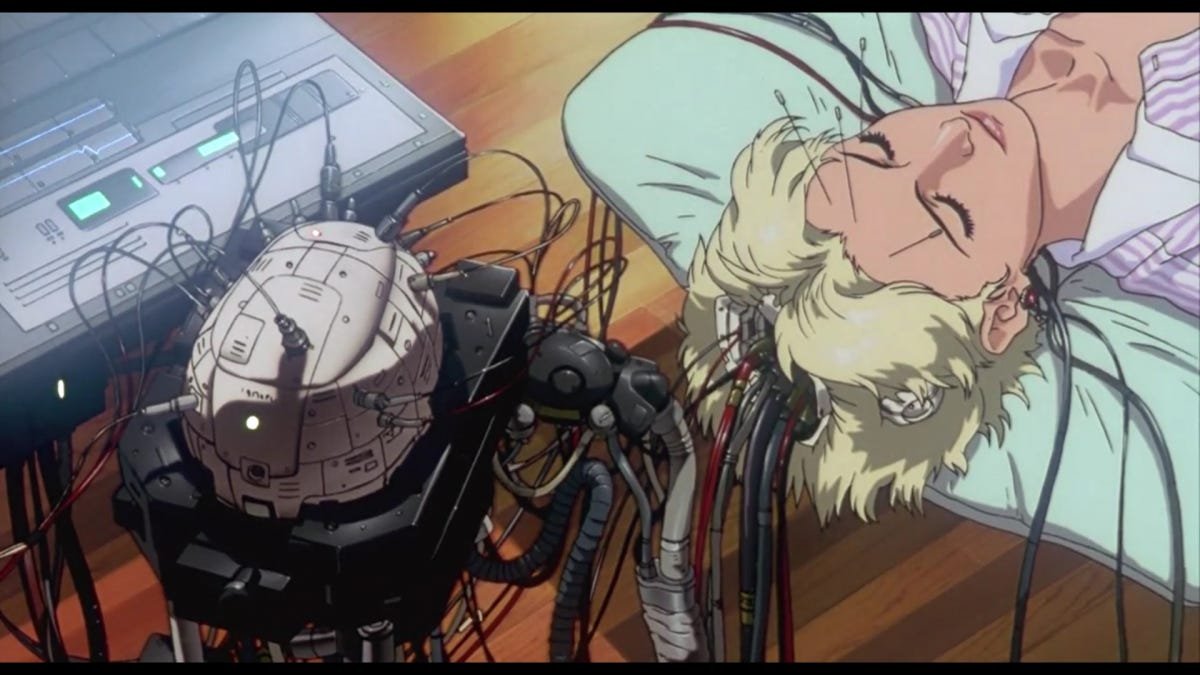Anime and Hollywood are more connected than many realize. Blockbuster movies often borrow from anime’s signature style: energetic visuals, inventive worlds, heightened action, and unique characters. Some live-action films look and feel so similar to anime that fans notice the overlap instantly. Whether it’s visual flair, storytelling tricks, or even direct influence, these 15 Hollywood movies capture the spirit of anime in surprising ways.
Below, we count down from bold genre mixers to pop-culture juggernauts that echo classic and modern anime vibes in style, plot, and energy. Every film on this list draws obvious or subtle influence from everything anime has to offer. Some do it with visual excess, some with wild plots, and others through characters that feel straight out of a manga.
15. The Warrior’s Way
The Warrior’s Way has all the ingredients of an over-the-top anime: ninjas, cowboys, and a wild genre mashup. The movie follows a master swordsman who flees Asia and finds himself in the American West, caught between outlaws and ninjas. It’s like a collision between Ninja Scroll and an old-school Western, with a heavy dose of stylized visuals that would fit perfectly in a late-night anime lineup.
Visually, the film throws out realism and instead paints its battles and sets with a surreal, highly stylized brush. Characters flip, fly, and fight with moves that belong in animation, not reality. The director even draws on Japanese anime traditions, particularly the way the action rarely slows down and each character’s look is memorable and unique.
The movie’s approach to storytelling also feels more at home in anime than in typical Hollywood fare. It dials up the drama and leans into the kind of absurd showdowns and powers you’d expect from a season finale.
While The Warrior’s Way might have flown under the radar on its release, fans of anime ninja stories or fantasy action should give it a look. The creative crew behind the movie fully commit to wild genre crossovers in a way that only anime has traditionally managed, making it a cult favorite among those who love their action over the top.
14. Hudson Hawk
Hudson Hawk is probably remembered less for its plot and more for its gleeful silliness, much like the classic anime Lupin III. The movie stars Bruce Willis as a quirky jewel thief navigating absurd heists, comedic mishaps, and larger-than-life villains. It feels like a live-action cartoon, but even more so, it lines up with the outlandish antics seen in anime like Lupin III.
The film’s humor doesn’t shy away from being goofy. Every chase, gag, and dialogue feels bigger than life, and at times unhinged. This blend of slapstick, action, and eccentric characters could be lifted directly from a wild caper anime.
Art direction and world-building lean towards the surreal, with gadgets and stunts that defy logic. Characters go over the top, giving performances that would fit right into a Saturday morning anime binge.
Hudson Hawk wasn’t a box office hit, but for anime fans, it offers a fun look at how a live-action movie can capture the unpredictable chaos and fun of a cartoon thief’s adventures across the globe. The movie is almost more anime than many official adaptations.
13. Bullet Train
Bullet Train combines the ingredients of action-packed anime with Western storytelling, taking inspiration from the frenetic energy seen in shows like Black Lagoon. The film follows several assassins with sharply distinct personalities crammed onto a speeding Japanese bullet train, each with their own over-the-top style and agenda.
The movie showcases vibrant cinematography and dynamic editing, reminiscent of how anime uses color, speed, and framing to set an exciting tone. The action is exaggerated, with scenes choreographed to emphasize style over realism. Every character plays like an anime trope: the wild comic relief, the stoic anti-hero, the mysterious mastermind, all locked in a frantic, interconnected plot.
The humor swings from dry wit to pure chaos, much like in anime, keeping the pace snappy and fun. A key highlight is how the film’s global cast and hybrid East-West setting mirror trends in modern anime, which often fuses genres and cultures freely.
If you like anime for its fast pace and bold attitude, Bullet Train feels like those moments when a series just lets loose and goes all in on the spectacle.
12. Johnny Mnemonic
Johnny Mnemonic serves as a cyberpunk bridge between Hollywood and anime, drawing so clearly from 1980s and 90s Japanese animation that it at times feels like a live-action Ghost in the Shell. Keanu Reeves stars as a man with a data-filled brain, trying to outrun criminals and corporations in a grim dystopian world. The movie’s neon-lit streets, advanced tech, and broken-down future are textbook cyberpunk, echoing both anime and manga classics.
While early cyberpunk anime took influence from Western sci-fi, by the 1990s the inspiration had come full circle, with Hollywood borrowing directly from anime’s style. The fusion of man and machine, the wild technology, even elements like androids and hackers, all feel drawn straight from shows like Armitage III or Cyber City Oedo 808.
The movie’s world is populated with eccentrics: cybernetically enhanced villains, rebels, and a dolphin with a pivotal role. This sort of weird, sprawling ensemble cast could have stepped out of any cyberpunk OVA. Its action sequences, too, play more for visual effect and punch than gritty realism.
Some scenes, especially in the Japanese cut, go further in emphasizing manga influences, from set design to pacing. Fans of retro anime will spot the overlap immediately, making this movie a unique experience for anyone who enjoys that dark and dirty future vision from both cultures.
11. Ninja Assassin
Ninja Assassin elevates classic ninja action to a level that feels right at home within the world of anime. The choreography is full of gravity-defying flips, rapid movement, and dramatic showdowns – all tropes found in ninja anime like Naruto and Ninja Scroll. The plot is straightforward: a rogue ninja takes on his murderous clan, but the execution is what really mirrors anime.
Bloody, quick, and visually stylized, every fight scene goes beyond the bounds of realism to create an almost supernatural experience. Ninja clans vanish in smoke, shuriken fly faster than the eye can see, and sword slashes leave trails in the air. This focus on spectacle is a hallmark of ninja anime and keeps viewers on the edge of their seats.
The main character’s journey from loyal warrior to a vengeful outcast is well worn in anime lore, so it feels familiar and engaging for fans. Add a moody, comic-book-like art style and Ninja Assassin is more than a tribute, it’s almost a live-action genre piece in its own right.
For anyone who’s ever imagined their favorite anime battle in real life, this film comes thrillingly close. It also paved the way for more Western films to borrow heavily from ninja-focused anime tropes in the years that followed.
10. Scott Pilgrim vs. the World
Scott Pilgrim vs. the World is practically a mashup of anime surrealism and North American pop culture. With its rapid cuts, comic-style visuals, and over-the-top fights, it echoes the anarchic spirit of anime like FLCL and Gurren Lagann. The movie follows Scott, a slacker musician, as he battles his way through the seven evil exes of his dream girl, each challenge a wild, visually inventive set piece.
The film’s entire aesthetic, from split screens to sound effects written on screen, mimics the energy and irreverence of anime. Every fight sequence is filled with powers, transformations, and even health bars, blending live action with the language of animation and video games seamlessly.
Relationships in the film are handled the way school-life or shonen anime often do, heightening drama for comedic and emotional effect. Characters exaggerate their expressions and gestures, and every emotional climax is amplified through imaginative visual cues.
A lot of credit goes to director Edgar Wright, whose editing and pacing follow the breakneck style of many youth-centric anime. Scott Pilgrim vs. the World became a cult favorite in the anime and gaming communities for these reasons. It shows just how fun it can be to see anime sensibilities brought to a live-action setting.
9. Speed Racer
Speed Racer was already based on a beloved anime, but the Wachowskis took things to a new level with their film adaptation. The movie explodes with color, effects, and wild racing scenes, pushing the envelope for live-action adaptations of animated worlds. It’s a visual feast, with every frame looking like it could be a still from an anime series.
The story follows Speed Racer and his family as they navigate against rival racers and corrupt corporations, but the main attraction is how the film brings 2D animation techniques to life. Motion, color blocking, and quick-cut action scenes are executed exactly as if you were watching an animated series.
Set design, cars, and characters all sport vivid, cartoon-like visuals that remain true to the anime’s origins. Even dialogue and comedic timing reflect animated influence, making the movie a rare success as an anime-to-live-action adaptation that stays true to its roots in every way, from emotional beats to action.
Speed Racer might not have been a box office hit when it came out, but over time it has become popular among anime and movie fans who appreciate the directors’ respect for the source material and genre.
8. Pacific Rim
Pacific Rim is a love letter to both Japanese giant robot anime and monster movies. Set in a world under siege by monsters called kaiju, humanity’s only hope comes in the form of towering mechs piloted by humans. The entire premise is straight from anime classics like Neon Genesis Evangelion and Mobile Suit Gundam.
Director Guillermo del Toro openly cited mecha and kaiju anime as inspiration. The film uses bold color palettes, epic battles, and larger-than-life designs to create an atmosphere that’s pure anime spectacle. Each fight is choreographed to maximize the sense of scale and power – giant robots trading blows with city-leveling monsters, just as in the classic Saturday morning anime lineup.
The emotional core centers on the pilots and their bonds to their machines, another staple of robot anime. Even the training montages and team dynamics borrow from the structure of episodes in anime, including themes of friendship, teamwork, and sacrifice. There’s also a focus on visual motifs like glowing power cores and stylized cockpit interfaces.
If you’re a fan of mecha anime, watching Pacific Rim is a bit like seeing your favorite genre brought to the real world with Hollywood’s budget behind it. It is one of the most faithful non-adaptation anime experiences in Western cinema.
7. Sucker Punch
Sucker Punch mixes fantasy, action, and surrealism in a way that’s reminiscent of anime like Berserk or Paprika. The story follows a group of young women who battle giant samurai, robots, and dragons in a series of wild dreamscapes – each sequence presented like an anime-inspired action set piece.
Director Zack Snyder fills the movie with visual references to anime and manga. The fights defy logic, packing impossible moves and dramatic slow motion. The costumes blend genres, mixing historical, fantasy, and sci-fi elements just like many anime series do, giving each world its own visual identity.
The narrative blurs reality and fantasy, something anime plays with often. Characters undergo massive shifts between worlds and styles, leaning into the flexibility animation has that live-action usually avoids. Sucker Punch makes that shift its main feature, keeping viewers on their toes with every transition.
This style can be polarizing, but for fans who enjoy bold, high-concept anime, Sucker Punch provides an original take on what a live-action anime can be. Its use of genre mashups and surrealist action sure feels more at home in anime than any traditional Hollywood fare.
6. Ready Player One
Ready Player One is built for fans of anime, video games, and all things pop culture. In a futuristic world where people escape reality by logging into the virtual “OASIS,” the movie pulls directly from the premise of anime like Sword Art Online. The blend of avatars, in-game battles, and sprawling digital landscapes gives the whole movie an anime vibe.
The film is packed with references to classic Japanese animation, from mecha like the RX-78 Gundam to the mechanical beast Mechagodzilla. Characters frequently transform or use special powers, mimicking anime fight choreography and logic.
Also Read
10 phrases that sound supportive but are actually a subtle sign of manipulation
Even the way the plot unfolds feels controlled by the same rhythm and urgency of a shonen anime – each level or boss battle serves as a major emotional milestone, with teamwork and strategy front and center.
Visually, the virtual world’s color palette and design cues nearly mirror anime’s exaggerated style. The boundary between reality and fantasy is thin, and the movie makes the most of that, giving geek culture and anime fans everything they could want in a blockbuster tribute.
5. The Marvels
The Marvels stands out among MCU films for its direct ties to anime. Director Nia DaCosta has spoken about Final Fantasy VII: Advent Children being a major influence – and it shows. The vibrant powers, creative teamwork, and visual playfulness all harken back to the energy found in beloved anime movies and series.
The intermixing of three heroes’ abilities and the use of split-screen visuals feel straight from action-packed shonen anime. The fight choreography takes on a sense of rhythm and spectacle, exactly how many superpowered anime groups handle battles against stronger foes.Dynamic camera work further powers up the action scenes, giving them an unmistakably anime-like sense of motion.
Also Read
10 Phrases That Sound Supportive But Are Actually a Subtle Sign of Manipulation
There’s also a sense of fun and camaraderie between the heroes that echoes the group dynamics seen in One Piece or My Hero Academia. Each hero’s personality is amplified for entertainment, and their growth throughout the film follows familiar anime themes about friendship, trust, and rising to a challenge together.
It’s a new direction for superhero movies and may point to future collaborations and homages between anime and the biggest Western franchises.
4. Brick
Brick is a noir mystery that, on the surface, feels worlds apart from typical anime, but look closer and you’ll spot its connection to Cowboy Bebop. Written and directed by Rian Johnson, the film features a protagonist inspired by Spike Spiegel both in looks and attitude. The mood, style, and pacing of Brick evoke anime’s darker, contemplative thrillers.
Set in a modern high school, the story follows teens behaving like adults, with cryptic dialogue and intense noir overtones. This strange blend mirrors how anime sometimes places mature plots and characters in high school settings, giving a surreal, stylish twist to the traditional genre.
Also Read
People With Low Emotional Intelligence Often Miss These 6 Social Cues
Visually, Brick often lingers on eerie, empty environments and focuses on body language over dialogue, using similar visual storytelling to anime’s slower, more atmospheric moments. The drug trade subplot would not be out of place in Cowboy Bebop or Black Lagoon.
Anyone disappointed with live-action anime adaptations will find Brick a refreshing experience. It bubbles with the sort of tension, style, and melancholy anime fans are used to – just wrapped in noir instead of sci-fi trappings.
3. Everything Everywhere All at Once
Everything Everywhere All at Once is both wildly chaotic and deeply heartfelt, channeling the unpredictable, emotional world of slice-of-life anime like Nichijou or The Melancholy of Haruhi Suzumiya. The film follows a middle-aged woman who finds herself swept up in a dimension-hopping adventure blending sci-fi, family drama, and surreal comedy.
The movie leans into absurdity in ways few Hollywood films dare: reality warps, powers appear from nowhere, and fight scenes turn on a dime from serious to slapstick. These are hallmarks of surrealist anime storytelling, where nothing is off the table if it serves characters or theme.
Also Read
8 Weird Habits You Don’t Realize You Have From Growing Up In A “We Can’t Afford It” Household
In the midst of the lunacy, the film remains grounded in real emotions like regret, hope, and love. This combination of heart and spectacle is a trick often pulled off in anime, giving levity and truth to stories that would collapse under their own strangeness without it.
The use of a multiverse and superpowers to explore family relationships draws heavily from anime structures. Every strange gag or transformation hides a sincere message about living in the present and accepting imperfection, a theme that resonates through much of modern anime.
2. Van Helsing
Van Helsing is a monster hunter epic that owes as much to anime as it does to old horror films. The titular character, a mysterious traveler in black, could be plucked straight from Vampire Hunter D, an anime icon of gothic action. It’s the movie’s willingness to blend monsters, magic, and overblown action that makes it so reminiscent of anime adventure series.
The plot is simple: Van Helsing battles supernatural creatures like Dracula and werewolves in a Victorian landscape. Yet, the filmmakers prioritize style and spectacle, crafting fight scenes and monster transformations that feel animated, not real. The rejection of realism is intentional, highlighting cool moments – giant crossbows and acrobatic brawls – that anime fans appreciate.
Also Read
10 Phrases That Sound Supportive But Are Actually A Subtle Sign Of Manipulation
The supporting cast is packed with unique personalities, each boasting a look or weapon that could fill an anime character sheet. The film’s pacing is relentless, never waiting long before launching into the next dramatic setpiece, echoing the structure of episodic anime battles or monster-of-the-week stories.
There’s even an anime-style prequel short, Van Helsing: The London Assignment, tying the film further to the world of animation. For anyone who loves supernatural anime or gothic fantasy, Van Helsing is as close as live action gets to the source.
1. The Matrix
The Matrix is the ultimate example of Hollywood drawing from anime, especially Ghost in the Shell. The Wachowskis crafted a sci-fi franchise that borrows directly from Japanese animation’s visual style and storytelling techniques. The world-building, the aesthetics of virtual reality, and even the characters’ fashion sense all echo the mid-1990s anime scene.
The action sequences, filled with bullet time effects, stylized stunts, and philosophical undertones, were revolutionary for Western audiences but deeply familiar to anime fans. Concepts like digital consciousness, reality as illusion, and dystopian rebellion are frequent anime themes, especially in cyberpunk series.
Also Read
8 Cringey Phrases Older Relatives Use at Family Dinners That Younger Guests Dread
The original trilogy’s influence from anime is well-documented, but 2021’s The Matrix Resurrections takes it further, mirroring the meta, self-referential storytelling found in Evangelion 3.0+1.0. Both franchises revisit their own legacies, using superpowers to resolve not just plot, but also personal and emotional growth.
The Matrix’s legacy, on both sides of the Pacific, proves how powerful the exchange between anime and Hollywood can be. This movie changed how audiences see both mediums, inspiring countless imitators and helping introduce anime aesthetics to a global audience for decades to come.
